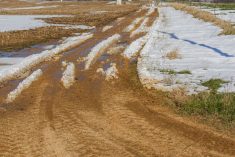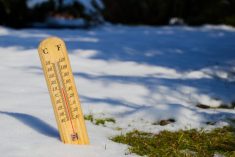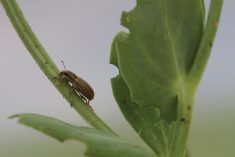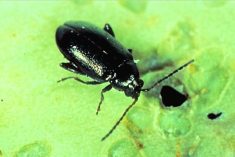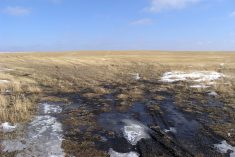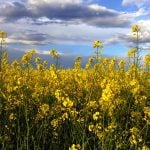CNS Canada –– Sufficient snow cover will likely help insect crop pests survive the winter in Manitoba, despite a recent bout of extremely cold weather.
“Snow is a great insulator, so even though we have had some quite cool temperatures the last several weeks, where the insects are beneath the snow it’s actually nice and warm,” said John Gavloski, entomologist with Manitoba Agriculture, Food and Rural Development.
But that doesn’t mean farmers can expect to see more insect problems than normal or outbreak levels, as those levels depend on a number of factors.
Read Also
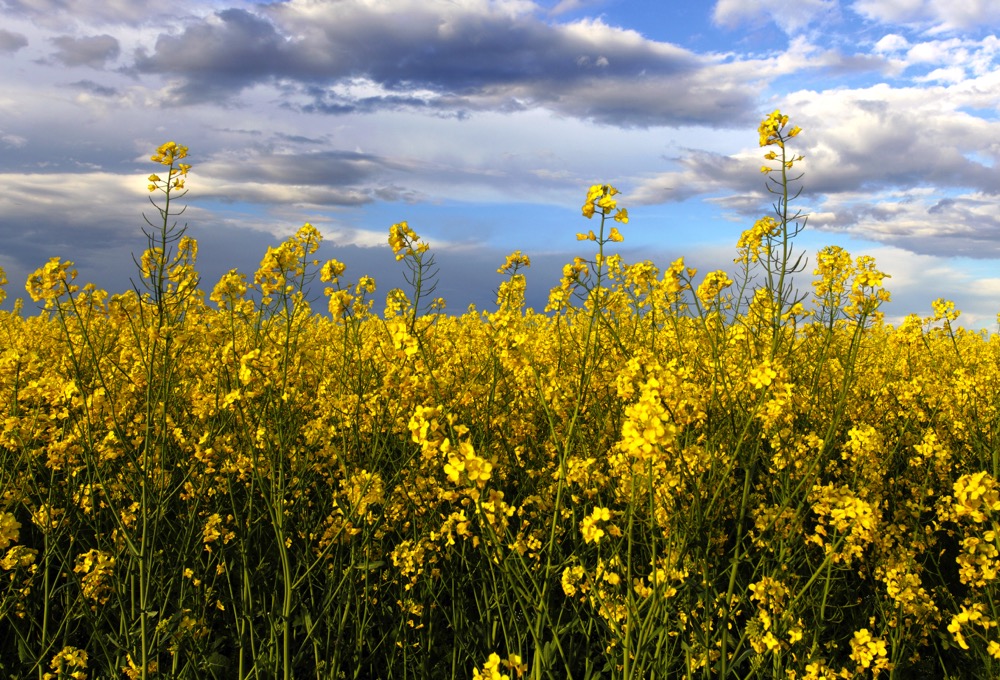
ICE Weekly: No upside for canola if China situation continues: trader
Tony Tryhuk of RBC Dominion Securities said canola should stay rangebound if Canada’s trade war with China continues.
“Weather is only one of the things that regulates insects,” Gavloski said. “There are predators and parasites, and things like that, which will also survive well with the good snow cover, so they can do their job.”
Some of the insects Manitoba’s farmers should watch out for this spring include flea beetles and cutworms.
“We had some fairly high (flea beetle) levels last year and they overwinter here, so we should be watching them just on the odd chance that we have higher levels in the spring,” Gavloski said.
Cutworm populations increased to levels that prompted control measures in some areas of the province last year, so farmers will want to scout their fields for those as they also overwinter.
Flea beetles and cutworms are early-season insects, so farmers should payi attention during seeding and early development in May and June.
Later in the season, around July and August, grasshoppers could become a problem, as their eggs can survive the winter and had higher populations in some regions last year.
“We do suggest people start scouting their fields early, and look for some of those higher populations,” Gavloski said. “If there are really high numbers, they’re much easier to deal with in June or July than later in season.”
— Terryn Shiells writes for Commodity News Service Canada, a Winnipeg company specializing in grain and commodity market reporting.



